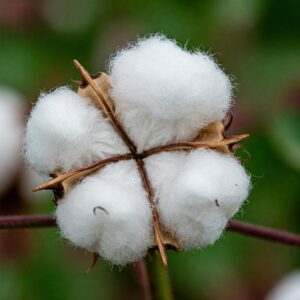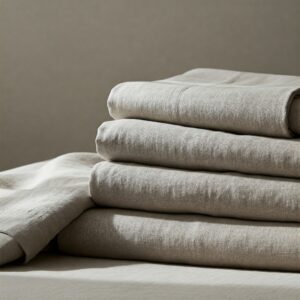Did you know that the American dollar is made of linen and cotton?
Learn how the American dollar bill is made
The United States Dollar is more than just a piece of paper that facilitates our daily transactions. It’s a fascinating blend of materials with a history as rich as the nation itself. One common question that often pops up is: What is US currency actually made of? The answer might surprise you!
Beyond Paper: The Unique Fabric of American Money

When you think of money, you likely picture paper. However, US dollar bills aren’t made from traditional wood pulp paper like your notebook or printer paper. Instead, they have a much more durable and unique composition. The Bureau of Engraving and Printing (BEP), the government agency responsible for producing US currency, crafts these bills from a blend of 75% cotton and 25% linen.
This specific combination isn’t accidental. It’s chosen for several key reasons that contribute to the longevity and security of American money.
Why Cotton and Linen? Durability and Security Features
The blend of cotton and linen provides US dollar bills with several advantages:
- Exceptional Durability: Both cotton and linen fibers are strong and resilient. This makes the bills resistant to tearing and the wear and tear of everyday use, allowing them to withstand being folded, crumpled, and passed from hand to hand countless times. This answers the common search query: “How durable are US dollar bills?”
- Distinctive Feel and Texture: The unique combination of these natural fibers gives US currency its distinct tactile feel. This texture is difficult to replicate, acting as a basic security feature against counterfeiting. People often search for “What does US money feel like?” and the cotton-linen blend is a key part of that answer.
- Ink Absorption: The specific properties of cotton and linen allow the intricate designs and security features printed on the bills to be absorbed effectively, resulting in sharp and long-lasting images. This is crucial for preventing fading and making counterfeiting more challenging. This relates to searches like “Why are dollar bills hard to fade?”.
Dispelling Myths: It’s Not Just Paper!
Understanding that US currency isn’t solely made of paper helps to dispel common misconceptions. Many people wonder “Is US money made of paper or cloth?” or “What materials are in American dollar bills?”. Knowing the precise blend of cotton and linen provides a clear and accurate answer.
The History Behind the Blend: A Legacy of Resilience
The use of cotton and linen in US currency dates back to the Civil War era. This choice was driven by the need for a durable and secure form of money. These natural fibers were readily available and provided the necessary characteristics for circulating currency. This historical context adds another layer of interest to the question “What is the history of US dollar bill material?”.
A Unique Composition for a Global Currency

So, the next time you handle a US dollar bill, remember that it’s more than just “paper.” It’s a carefully engineered fabric woven from cotton and linen, a blend chosen for its durability, unique feel, and contribution to security features. This fascinating fact highlights the thought and history behind something we use every single day. Understanding the composition of US currency answers the fundamental question, “What are US dollar bills made of?”, and reveals a surprising detail about this globally recognized form of money.






